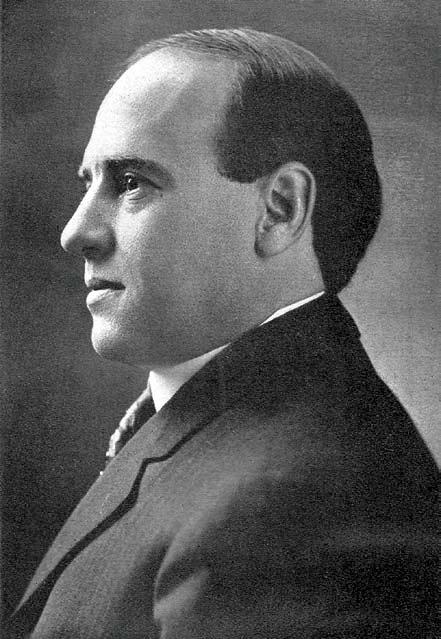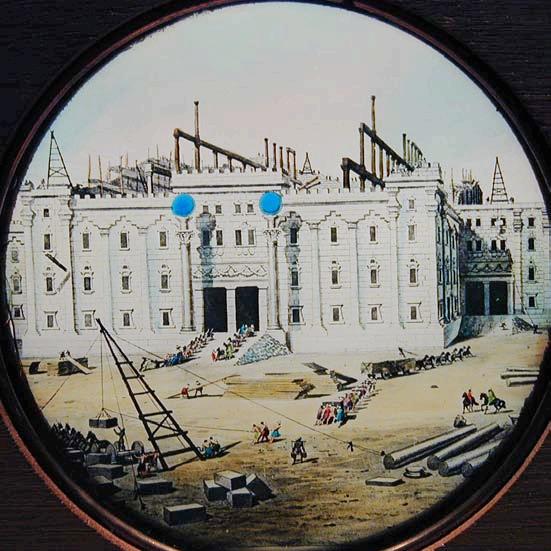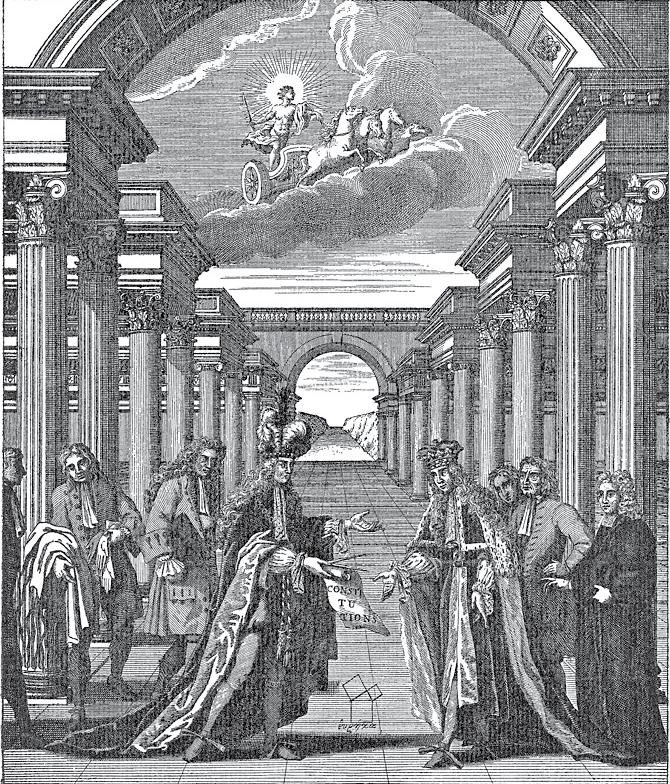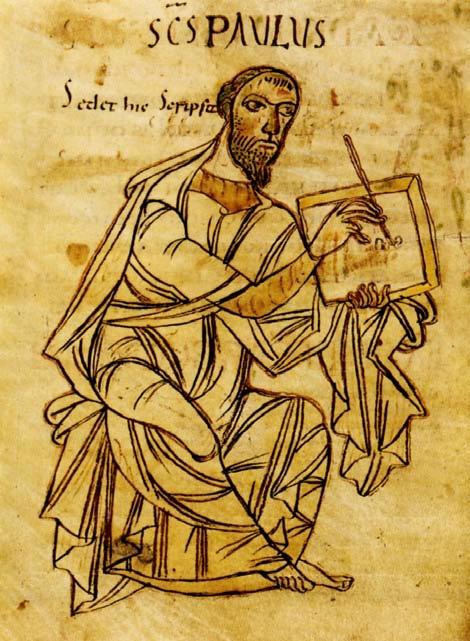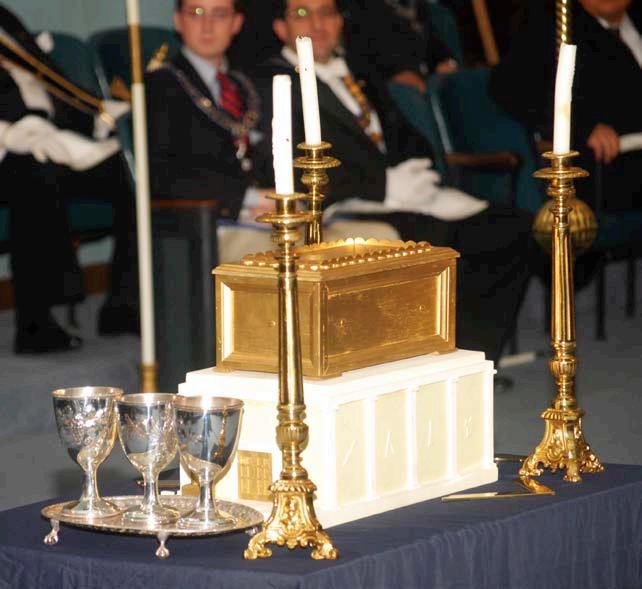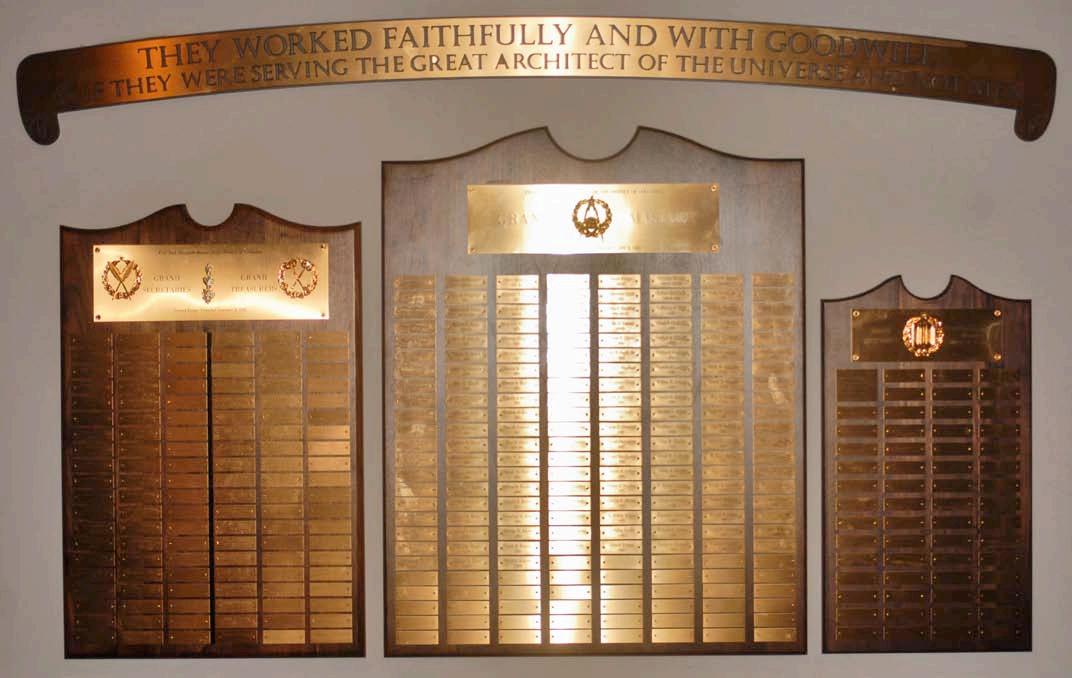
6 minute read
What Makes You a Mason – O Brother of Mine?
Bilal M. Raschid
Deputy Grand Chaplain
This question, addressed in a beautiful poem by Brother George H. Free, has caused me to pause, reflect, and to wonder whether we have what it takes to be a Mason.
Having been initiated, passed, raised, and presented with the symbols, lectures and charges of each Degree, we generally feel confident to say that we are now Masons. But on serious reflection it becomes clear that being charged “…to practice out of the Lodge those duties which are taught in it, and by amiable, discreet and virtuous conduct to convince mankind of the goodness of the institution so that, when any one is said to be a member of it, the world may know that he is one to whom the burdened heart may pour out its sorrows, to whom distress may refer its suit, whose hand is guided by justice and whose heart is expanded by benevolence…” is not so easily internalized, nor does it so easily translate into action and become part of our lives.
On further reflecting on the Working Tools of each of the three degrees; as well as contemplating the deeper meanings of the symbols presented to us, we begin to wonder which of them has the greatest import, and carries the greatest significance. This made me cast my mind back to the day we knocked on the door of the temple, and it was opened unto us. We entered a temple. This was a holy and sacred space, where on being brought to light, we saw that there was an altar. On it were Volumes of the Sacred Law of many faiths; which we were told are the “rule and guide” for the conduct of our lives. On the Holy Bible was a Square and Compasses. The relationship of the last two changed slowly, as we progressed from the first to the third Degree. On further study we learn that the relationship of the square and compasses in a Master Mason’s lodge, indicates that the spiritual element dominates over the earthly or material element. But what is the real meaning being transmitted to us? It would take several years of study, research and instruction, before its meaning would become clear, if at all. But even after a preliminary understanding of the meanings of all that has been brought to our attention, it still does not translate into full internalization, and manifestation in our daily lives. We are now most certainly among men who are tied together as a band of Brothers by the mystic tie — the five points of fellowship; and we see amongst us many who stand apart from the crowd. Yet there are those who have either not understood, or felt a need to understand, what it means to be a brother, or to truly be a Mason. Yes, they are members of a Masonic Lodge; but they have not yet become Masons, in the fullest and truest sense of that word.
Many reasons can be given for this sad state of affairs; but to my mind the most important perhaps is that the true meaning of one particular symbol has not been clearly understood or strongly emphasized; and if understood, not taken to heart. This symbol is the All-Seeing Eye. The All-Seeing Eye is an important symbol of the Supreme Being, according to Mackey; and “it is borrowed from the nations of

antiquity. Both the Hebrews and the Egyptians appear to have derived its use from that natural inclination of figurative minds to select an organ as the symbol of the function which it is intended peculiarly to discharge… The open eye was selected as the symbol of watchfulness, and the eye of God as the symbol of Divine watchfulness and care of the universe. Thus the Psalmist says: “The eyes of the Lord are upon the righteous, and His ears are open unto their cry”. Hence, it is a symbol of omnipresence and watchfulness of the Supreme Being. In the Holy Quran, V50:56, God says: “…Seek refuge, then in Allah: it is He Who hears and sees all things.” There are numerous verses in the Muslim Holy Scriptures where the words “all seeing, hearing” occur in reference to God. It is necessary and important to understand also that our Creator knows what is in our minds, and what our intentions are, when we act or do things in certain ways. This is a strong teaching both in Islam and Buddhism. The Buddha himself said that your mind creates, shapes, and experiences everything that happens to you, without a single exception.
This power of the mind has been expressed beautifully by James Allen in his book “As A Man Thinketh”, where he says: “We are not what we think we are; but what we think, we are.” But Islamic teaching goes further in explaining this power of the mind. It is taught that if our “intentions” for acting in a certain way are motivated by ill-will, or for self-aggrandizement, or is in other ways of a negative nature, then we will not be successful in that endeavor. Because our Creator is the final arbiter of our lives; and violations of the rule and guide given to us are not acceptable to Him. Our illustrious Brother, Albert Pike, in Morals and Dogma, puts it this way: “The Mason regards God as a Moral Governor, as well as an Original Creator; as a God at hand, and not merely one afar off in the distance of infinite space, and in the remoteness of Past or Future Eternity. He conceives of Him as taking a watchful and presiding interest in the affairs of the world, and as influencing the hearts and actions of men.”
In the English Emulation Ritual, part of the definition of the Working Tools of a Master Mason is explained like this: “…the Pencil teaches us that our words and actions are recorded by the Almighty Architect; to Whom we must give an account of our conduct through life. The Compasses remind us of His unerring and impartial justice, Who having defined for our instruction the limits of good and evil, will reward or punish, as we have observed or disregarded His Divine commands.”
Human nature is such, that when we know that we are being watched or observed, our actions conform to the norms of what is considered “good behavior”; and we deal and interact with our families and our acquaintances in a manner that is acceptable and commendable. In the profane world this is manifested, for example, in the way we drive our cars. When we are aware that either a police officer, or a traffic speed camera, is observing and recording our movement, we observe the posted speed limit. But when we know that no one is watching, our actions become selfish, and self serving. If, therefore, we have understood the meanings of the Working Tools and all the other symbols presented to us; and have properly absorbed the instructions that are transmitted to us in Lodge, or in our schools of instruction; then, as Masons, if we properly and clearly understand that the Great Architect of the Universe is constantly watching and recording our actions, as symbolized by the All-Seeing Eye; and we know and believe that He is aware of what is in our hearts and minds, we would begin to live, act, and work in conformity to the teachings of all our symbols, and become true Masons, as beautifully presented in the last verse of the poem, from which the title of this article has been taken:

Your use oflife’s hours by the gauge you must try, The gavel to vices with courage apply; Your walk must be upright, as shown by the plumb, On the level, to bourne whence no travelers come; The Book ofyour faith be the rule and the guide, The compass your passions shut safely inside; The stone which the Architect placed in your care Must pass the strict test ofHis unerring square, And then you will meet with approval divine, And you’ll be a Mason,
O Brother ofmine. n

